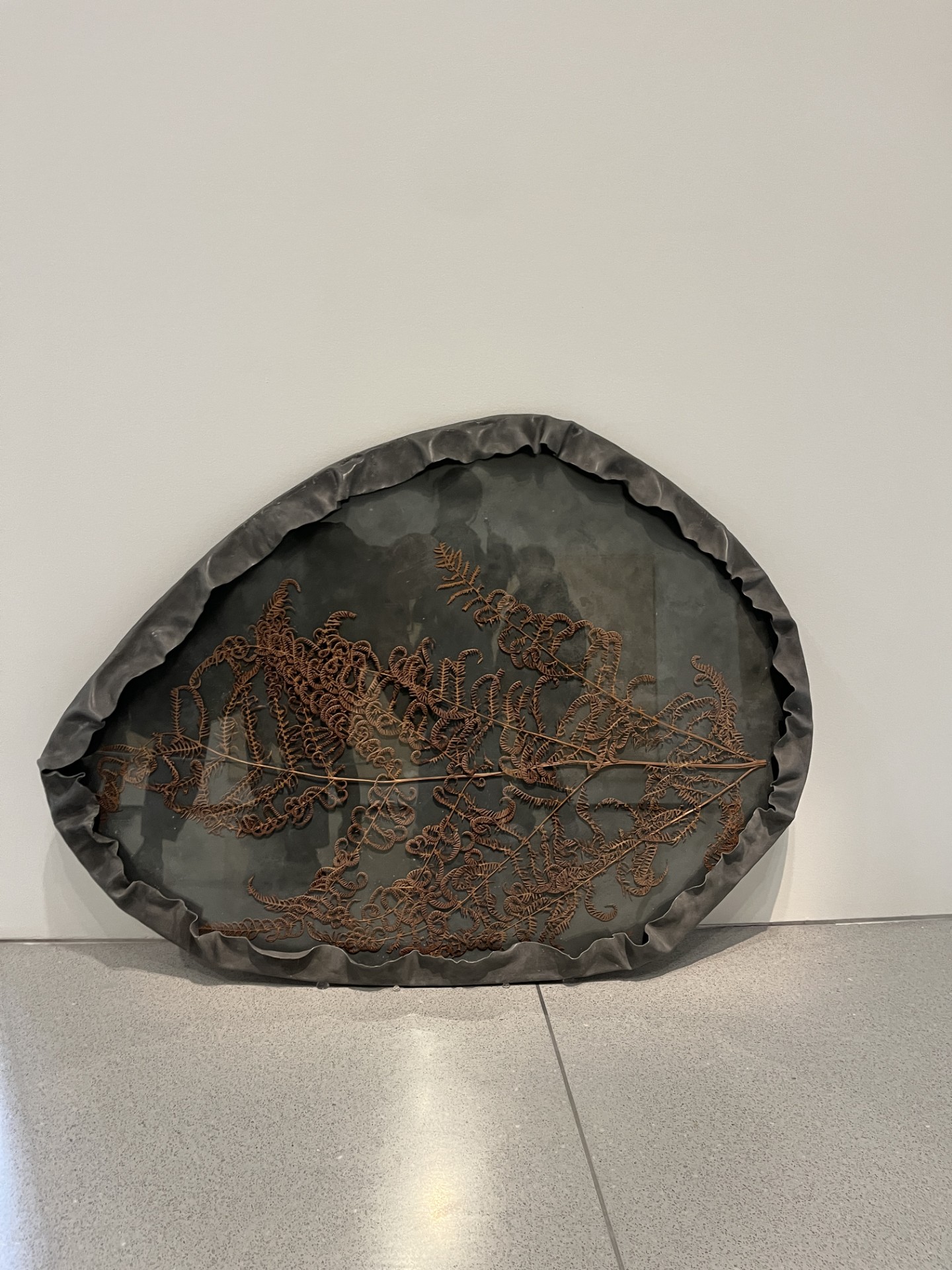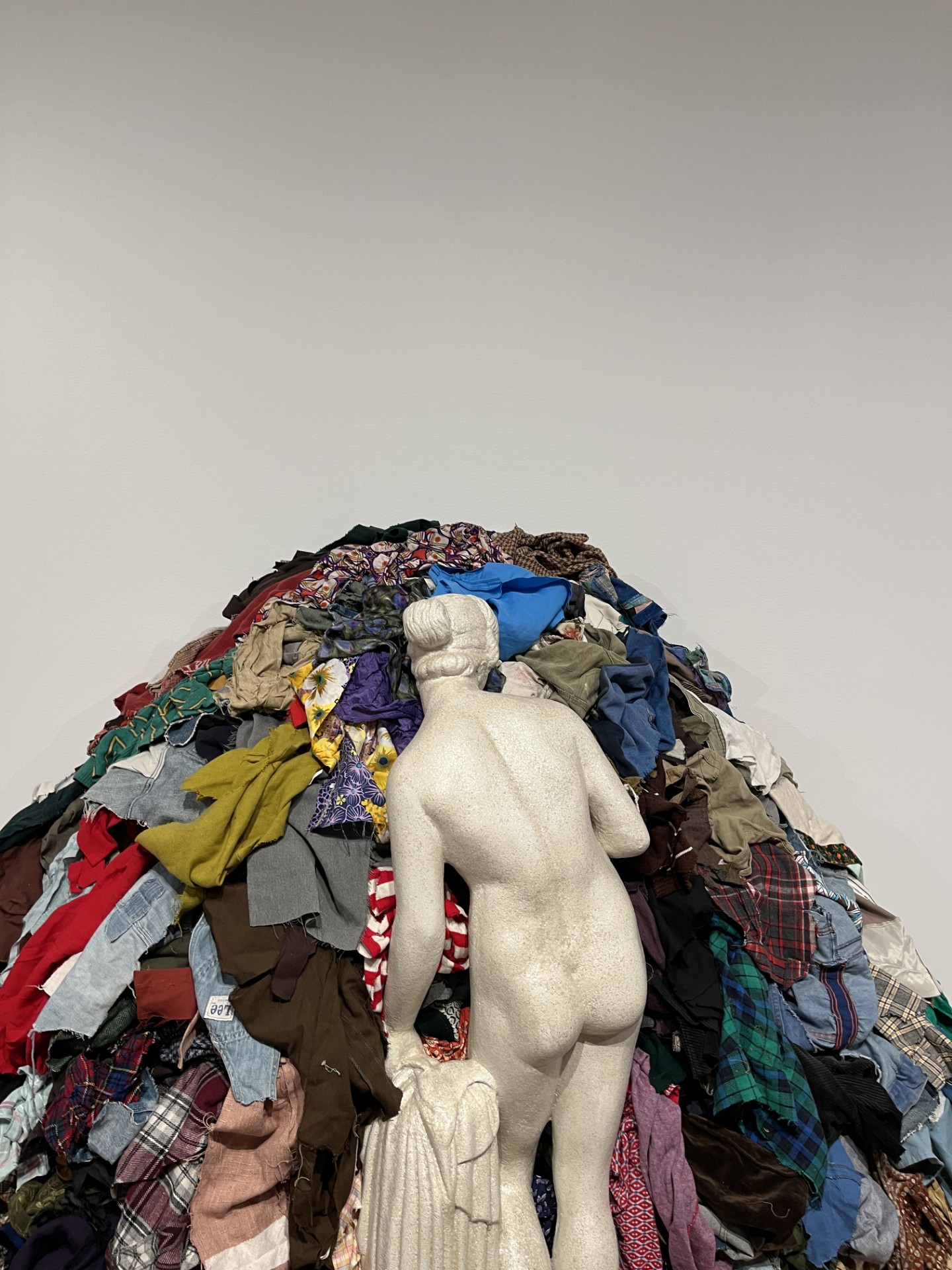La Bourse de Commerce
The exhibition dedicated to Arte Povera currently at the Bourse de Commerce in Paris invites visitors on a journey through one of the most iconic avant-garde movements of the 20th century, though it risks leaving some perplexed due to its highly conceptual approach. This artistic movement, born in Italy in the late 1960s, advocated for a radical redefinition of art by moving away from traditional and expensive materials in favor of modest or natural elements such as earth, wood, textiles, or metal. Artists like Mario Merz, Jannis Kounellis, and Michelangelo Pistoletto, leading figures of the movement, sought to provoke reflection on consumer society, industrialization, and nature by restoring poetic and symbolic value to everyday objects.


The exhibition at the Bourse de Commerce adopts a minimalist scenography that reflects the spirit of Arte Povera but, with its extreme austerity, may appear hermetic to some visitors. The works presented, often minimalist and abstract, seem to require prior knowledge of the movement to be fully understood. This intellectual demand creates a distance that, for the uninitiated, could make the experience frustrating or disorienting.
The dialogue with the historic space of the Bourse de Commerce, a building laden with symbols of power and wealth, adds another layer of complexity to the exhibition. This contrast between the raw materials used by the artists and the opulence of the venue underscores the critical intention of the movement but also heightens the sense of disconnect for the visitor. One might wonder if this exhibition sometimes becomes too theoretical, lacking emotional or narrative anchors that would allow for a more immediate and accessible experience.




While the exhibition remains true to the principles of Arte Povera, it is nonetheless a challenge for the audience. Some will see it as a fascinating exploration of materiality and the break with artistic conventions, while others will view it as a conceptual display that is difficult to access. It raises a fundamental question: how far can the conceptualization of art go before it becomes impermeable to the viewer?



